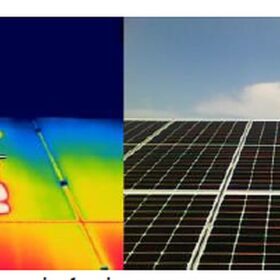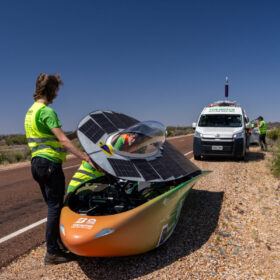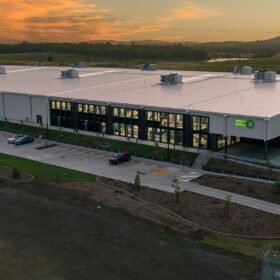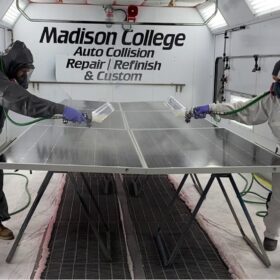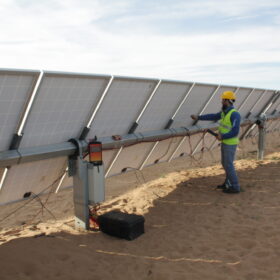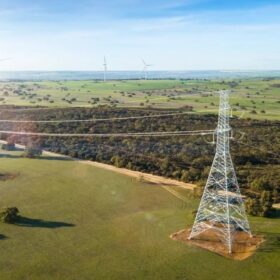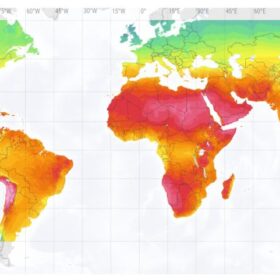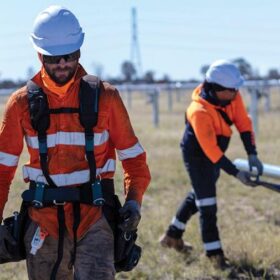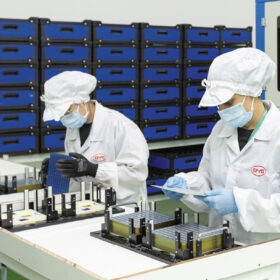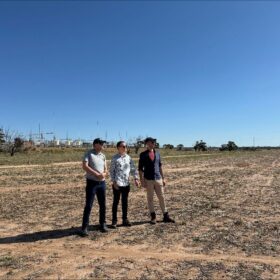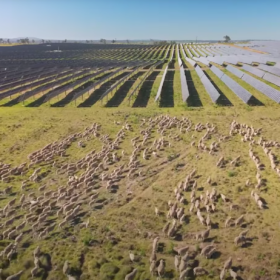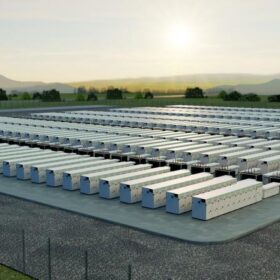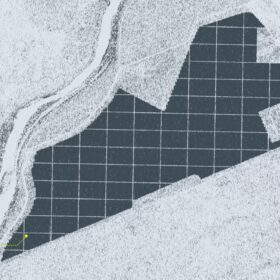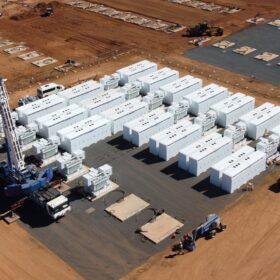Combination of half-cut, bifacial solar cell designs may contribute to hotspot formation
Scientists in Spain tested PV modules under partial shading conditions, aiming to better understand the formation of performance-damaging hotspots. The study reveals a potential issue particularly affecting half-cell and bifacial modules, which may cause accelerated performance loss and is not covered by current testing/certification standards.
King honours Australian solar pioneers
Four solar pioneers, including the Australian scientists Martin Green and Andrew Blakers, have been awarded the world’s most prestigious engineering prize for their groundbreaking research into solar cell technology.
Perovskite-silicon tandem tech tested in solar race car
A team of Dutch university students under the banner Top Dutch Solar Racing has installed perovskite silicon tandem cells in its entry in the 16th edition of Bridgestone World Solar Challenge. The upcoming race is a six-day, 3,000km expedition across Australia, from Darwin to Adelaide.
WA government moves to attract hydrogen electrolyser manufacturing
The Western Australian government has studied the business case for developing new electrolyser manufacturing facilities in the state, finding a 2 GW manufacturing facility could inject $200 million (USD 128 million) per annum to the local economy.
Novel thin-film anti-soiling coating increases solar module yield by over 3%
A group of scientists in the United States saw ‘encouraging’ results after testing the commercialisation of novel coating materials in field tests, with the coating only increasing a panel’s total cost by 1.4%.
New method to take PV plant measurements in the field
Spanish researchers claim to have established new measurement methods to assess the performance degradation of PV modules without the need for removing and reinstalling the tested PV modules from their operating positions. The new approach is claimed to increase productivity in PV plant quality control activities.
Monash explores solutions to stabilise national energy grid
Researchers at Victoria’s Monash University are working to develop a tool that can be used to predict and manage system instability associated with connecting inverter-based generation such as batteries, solar, and wind into weaker parts of Australia’s national energy grid.
New model for day-ahead solar forecasting in areas with limited data
South Korean researchers have developed a long-term solar irradiance prediction method based on a reinforcement learning algorithm. They claim that the new model is able to forecast solar radiation for more than a year using just two weeks of solar radiation learning.
Two million more workers needed to enable Australia’s energy transition, government report finds
Australia will need a 40% increase in workers in building and engineering trades by 2050 to enable the energy transition, a new report from the Australian government says.
Around 40% of the workforce in global PV industry is female
According to recently published employment report by the International Renewable Energy Agency (IRENA), the global solar industry employed around 5 million people at the end of last year. The report also reveals that women’s employment in the industry was “uneven”, with females mostly hired for administrative positions (58%) followed by science, technology, engineering, and mathematics (38%) and non-STEM technical positions (35%).
